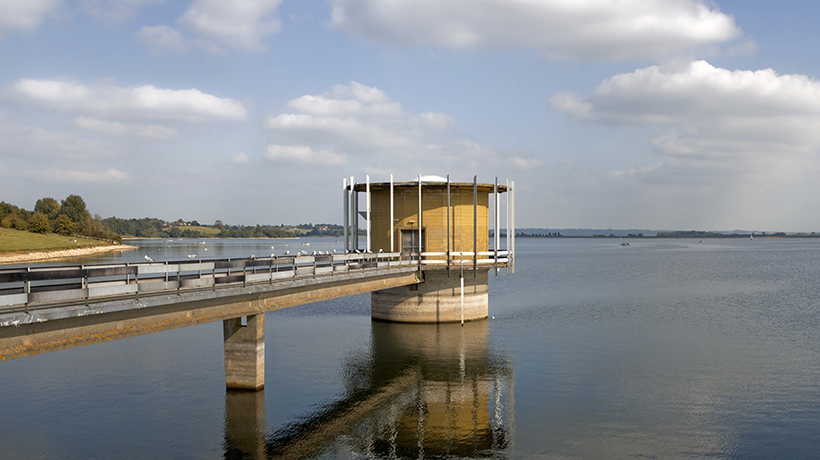The U.K. water industry is risk adverse, safety focused, and often prefers tried and tested processes and technologies. Because of this, learning from other industries is one way to utilize and fast track new ideas into production.
The digital twin is one example of this. Digital twin refers to a digital replica of physical assets, processes, and systems that can be used for various purposes. From conception to decommissioning, the physical and digital twin should be identical. Various industries, such as industrial plant design, use a digital twin for asset life cycle management for design, construction, and operations. By transforming unstructured information into a smart digital asset, water plant operators are empowered to visualize, build, and manage structures and facilities of all complexities, ensuring safe and efficient operation throughout the entire life cycle.
As anyone who has twins knows, they both need, and want, the same amount of nurturing, attention, and training. If one gets a new toy, the other one wants a new toy, usually the same one at the same time. When they get older, they will want to be individuals and be talked to as that, although they will still need the same amount of communication.
The digital twin of assets and the real-world assets are no different. As the real world is complex, the digital twin may be limited by its ability to only record a subset of the data needed to mimic the real world. However, even with a limited scope, any changes in the real-world version will need to be replicated in the digital twin. This may be enhanced and eased using sensors in the real world to measure change in conditions, but these are constrained to certain characteristics.
And so, what to do with the digital twin? What service does it fulfill? The real-world assets deliver water to towns, commuters to work, and electricity to hospitals. The digital twins ‘service’ is that of a data repository, of how things are, or were, in the real world. The currency of the data in the twin needs to be recent enough for the questions that are asked of it. This is the real value service of a digital twin; the ability to monitor, interrogate, visualize, and then predict real-world scenarios. A digital twin, or data lake, or any data store that is unused is worthless.
System thinking is a key topic for the water industry. By converging the physical and digital worlds of IT with operational technology, Hexagon’s Xalt framework provides a whole new approach to digital transformation, working behind the scenes to deliver convergence of technologies that empower IoT capabilities. And the IoT can help maintain the digital twin. Making this data available through a common data environment can help extract the value of the digital twin.
If you’re interested in learning more, check out Hexagon’s PPM division’s Smart Digital Assets solution for further information.















